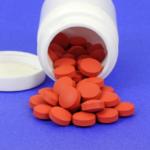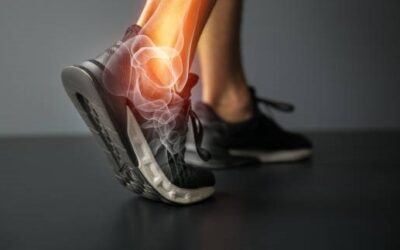So you read through the background and anatomy post and you think you have tennis elbow and now you want answers for treatment.
Let me put a caveat on this and say that it is imperative to have your elbow looked at first to rule in/out other pathologies. For instance, did you know referral pain from your neck can cause some elbow pain? Or, maybe your pain is really coming from your bicep? Just go get it checked from a musculoskeletal expert first.
But, below are some of the more common conservative treatment options:
–Rest Tennis Elbow:
This is an excellent approach when you have an acute flare up of symptoms. Meaning, this will not solve the problem. This will decrease the aggravating factors, but does not prevent those symptoms from coming back once you get back into your previous activity level. Actually, too much rest without any treatment can often make the symptoms harder to treat.
 –NSAIDs:
–NSAIDs:
That stands for non-steroidal anti-inflammatory medicines. This is your aspirin and ibuprofen’s. I am not going to say take them or not, that is not my scope. Just know that these drugs do exactly what they say they do, they are anti-inflammatories. Again, great in the short-term to settle your elbow pain down. But, this does not prevent it from coming back.
 –Brace The Tennis Elbow:
–Brace The Tennis Elbow:
I’m sure you have seen people wearing little braces/straps around their elbows at the gym. If you were wondering why, it is likely because they are dealing with some sort of overuse/inflammation issue on either side of their elbow. How does it work? Think of it as a guitar. When you press down on the strings near the neck of the guitar, it reduces the tension where your other hand is playing the strings. Basically, the brace is trying to reduce the tension in the muscles that travel further down the arm from the elbow. Does it work? Yes…But, again, it does nothing to prevent the pain from coming back. You should not have to rely on the brace for the rest of your life to do the things you love.
–Steroid Injections:
This is a common intervention that most physicians will resort to for ‘tennis elbow’. This is a procedure where cortisone, a very powerful anti-inflammatory, is injected into the damaged tissue. This has been shown to offer great pain relief. The problem is, the pain relief isn’t always long lasting. And, studies have shown cortisone can actually weaken the tendon over time. Sure, you may or may not get some instant pain relief. But, who knows if it will last or if it will cause more issues with a weakened tendon later on?
–PRP:
That stands for Platelet-Rich Plasma. This procedure involves having your blood drawn and a very high concentrate of proteins (aka growth factors) extracted and then put back into the source of the pain/injury. Studies are still in its infantry for the efficacy, but it is looking promising to assist with healing/regeneration of the damaged tissues.
-Physical Therapy:
This has been the gold standard for treatment of lateral epicondylitis. We utilize your body’s own healing principles and are able to prescribe correct exercises to help your body heal and regenerate. We have the knowledge and expertise to not only get you out of pain, but to properly prescribe a correct load-management to get you back into your active lifestyle without the elbow pain flaring up again. Correct exercises and proper load-management is the key for success with tennis elbow.
Wondering if physical therapy will help you and your tennis elbow issues? Feel free to click here and schedule a consult with a Doctor of Physical Therapy. You can take that time and use it to discuss any of the treatment options and which one may be right for you.




